5 Must-Know US Driving Rules That Might Land You a Ticket in Canada
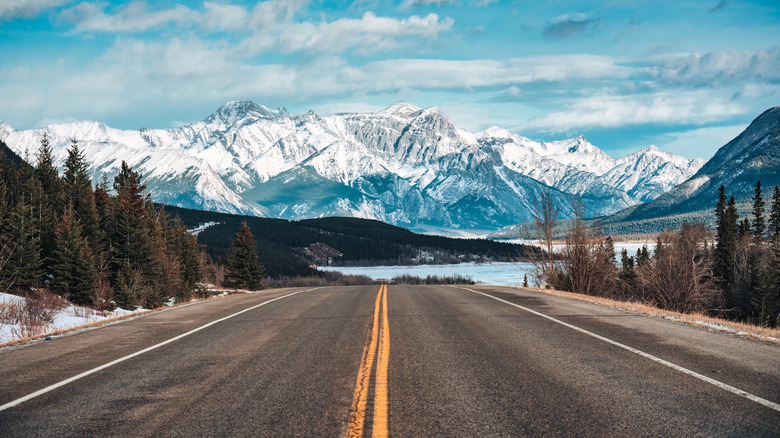
Canada is a vast and diverse country, spanning 3.8 million square miles (9.98 million sq km), making it the second-largest country in the world after Russia. Known for its breathtaking natural landscapes, including the Canadian Rockies and over 149 million acres of forests in British Columbia alone, Canada is a haven for outdoor enthusiasts. However, its cold climate has also led to some unexpected situations, such as a December cruise to the Bahamas being rerouted due to weather conditions, which caused frustration among passengers.
Beyond its natural beauty, Canada's urban centers like Vancouver, Toronto, and Montreal offer rich histories and unique cultural experiences. For American travelers, driving north to visit Canada can be an exciting adventure. While many road rules are similar to those in the U.S., there are several key differences that drivers should be aware of when crossing the border.
Right Turn on Red
In the U.S., it is generally legal to make a right turn at a red light unless a traffic sign prohibits it. However, this rule varies significantly in Canada. In most parts of the country, turning right on red is allowed if you come to a complete stop. But in Montreal, right turns on red are completely prohibited within the city limits. This rule was introduced decades ago due to concerns about safety for cyclists and pedestrians. Some U.S. states have also considered similar restrictions, citing incidents where drivers struck pedestrians while making right turns on red.
Smoking in the Car When a Minor Is Present
Many regions in Canada have implemented laws banning smoking in vehicles when minors are present. While not all provinces enforce this rule, those that do take it seriously and may issue fines. In contrast, only 12 U.S. states have similar restrictions, with 21 states having no laws against smoking in cars. Studies show that smoking in a car with closed windows increases harmful airborne particles by up to 100 times the safe limit, raising concerns about the health of minors.
Coasting Downhill in Neutral
Coasting downhill in neutral is illegal in certain areas of both Canada and the U.S., though the rules vary by region. In British Columbia, where the terrain is highly mountainous, this practice is strictly prohibited. While some U.S. states have similar laws, others, like Minnesota, have removed such restrictions. Drivers who are used to coasting in their vehicles may find themselves facing legal consequences if they travel through British Columbia.
Acceptable Blood Alcohol Concentration Levels
In the U.S., the legal blood alcohol concentration (BAC) limit for driving is 0.08%, set nationally by President Clinton in the late 1990s. However, in most Canadian provinces, the limit is lower at 0.05%. While the federal government sets a 0.08% standard, individual provinces can impose stricter rules. Research suggests that even a small difference in BAC levels can significantly impact driving behavior, with higher BAC levels leading to more dangerous driving patterns.
Car Idling for More Than One Minute
Idling laws vary across the U.S., with some cities enforcing strict regulations. Washington D.C., for example, imposes a $5,000 fine for idling a vehicle for more than three minutes. However, Vancouver, British Columbia, takes a stricter approach, making it illegal to idle for more than one minute. This rule is primarily aimed at reducing emissions, as idling vehicles contribute significantly to carbon dioxide emissions. While warming up a car may still be necessary in extreme cold, modern technology has made this less essential in many cases.
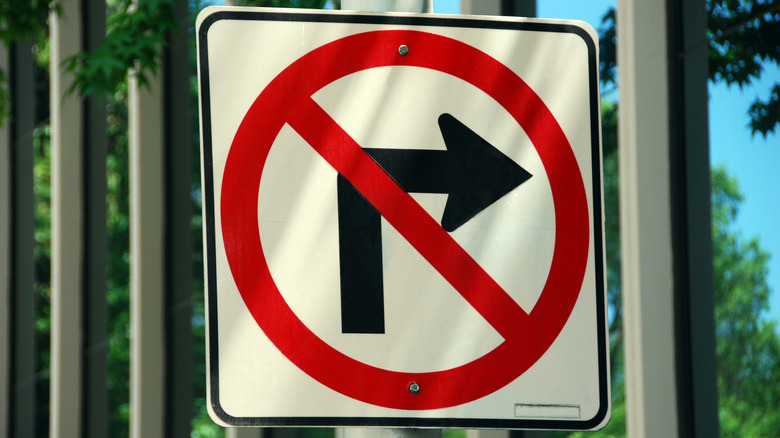

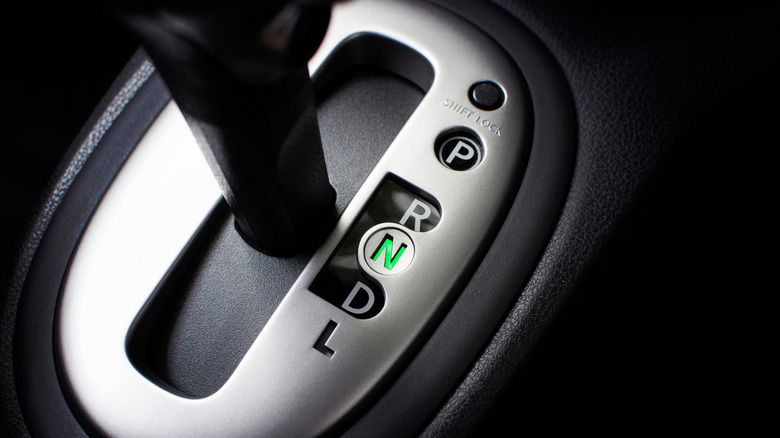
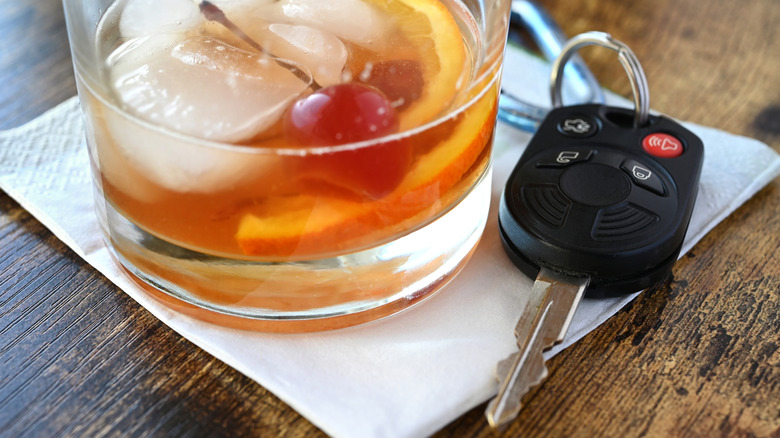
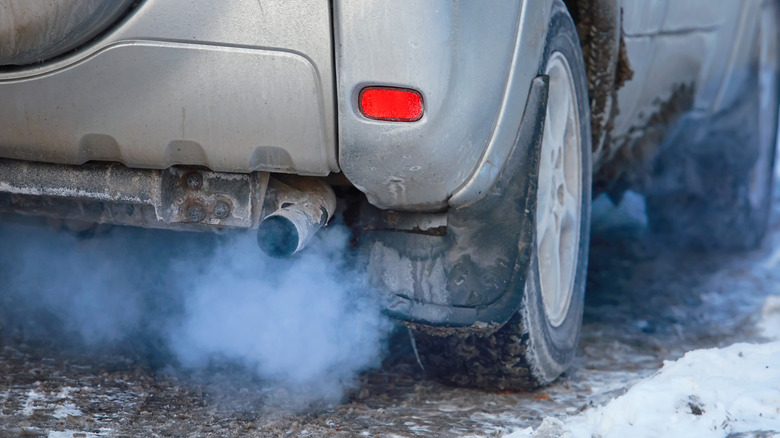
Post a Comment for "5 Must-Know US Driving Rules That Might Land You a Ticket in Canada"
Post a Comment